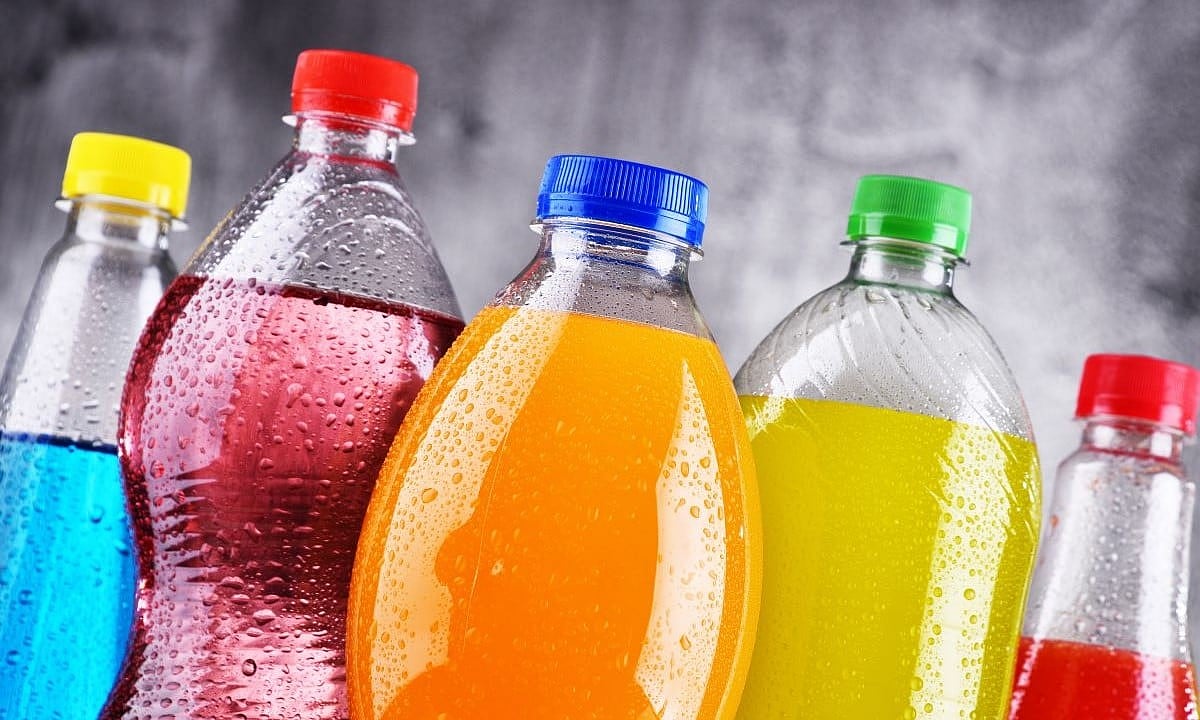Get Healthy!

- Posted October 2, 2025
Study Finds Microplastics in All Tested Beverages, Especially Hot Drinks
The concerning spread of microplastics — plastic fragments smaller than a grain of rice — has now been found to extend to nearly every drink we consume.
Research just published in Science in the Total Environment revealed that every hot and cold beverage tested, including soft drinks, teas and coffees, contained these pervasive plastic particles — even drinks not sold in plastic bottles.
This adds to the growing evidence that microplastics are everywhere, making their way into the human body.
Microplastics are pieces of plastic up to 5 mm (less than ¼ inch) in diameter, with some measured on a much smaller scale — micrometers (μm), or microns. Their ingestion has been linked to potential human health issues, including damage to the reproductive, digestive and pulmonary systems.
Researchers at the University of Birmingham in the U.K. analyzed seven categories of popular drinks: soft drinks, energy drinks, fruit juices, iced teas, hot teas, hot coffees and iced coffees. Their packaging varied from plastic to paper-based to glass.
The results demonstrated that regardless of how the drinks were packaged, 100% of the beverages contained microplastics.
The size of the tiny microplastics detected in the drinks tested ranged from 23 micrometers (μm) to 51 μm, generally not visible to most consumers. In comparison, a single strand of hair is about 70 μm.
Testing for the study only detected particles greater than 10 μm, so even smaller microplastics or “nanoplastics” may have been present, researchers said.
For the study, researchers tested for synthetic plastic polymers, and did not include cellulose microplastics — fibers produced in nature that break down over time. They noted that previous studies reporting far greater microplastic counts often include both molecules.
Several factors appeared to increase the risk of synthetic plastic in drinks:
Heat: The study suggests that heat causes plastic packaging to release more microplastics. This means that hot beverages, like hot coffee or tea, may pose a greater risk of ingestion compared to cold drinks.
Carbonation: The pressure and stress on packaging created by bubbles in soft drinks can lead to increased microplastics floating around.
Acidity: High acidity levels in bottled fruit juices may contribute to higher volumes of microplastics being released into the liquid.
Packaging: Fruit juices and energy drinks in plastic bottles had higher microplastic concentrations than those packaged in paper-based and aluminum bottles.
Researchers noted that the air where the drinks are packaged and the water used in them could be sources of microplastics.
With plastic consumption and waste continuing to increase worldwide, microplastics are finding new ways into the environment and, ultimately, into the food chain.
The new study comes weeks after French researchers reported that the average person may be inhaling plastics at a rate 100 times what was previously assumed: 68,000 per day. Those findings were published in the journal PLOS One.
The Illinois Environmental Protection Agency suggests these ways to reduce your exposure to microplastics:
Choose plastic-free packaged food, drink and hygiene products where possible.
Use less plastic, and choose compostable materials.
Recycle the plastic you do use, especially when it shows signs of wear.
Re-use grocery bags for shopping.
Choose natural fibers in clothing (cotton, wool, silk) where possible.
More information
The U.S. Environmental Protection Agency (EPA) provides more on microplastics research.
SOURCES: Science of the Total Environment, Sept. 20, 2025; Public Interest Research Group, news release, Sept. 25, 2025






